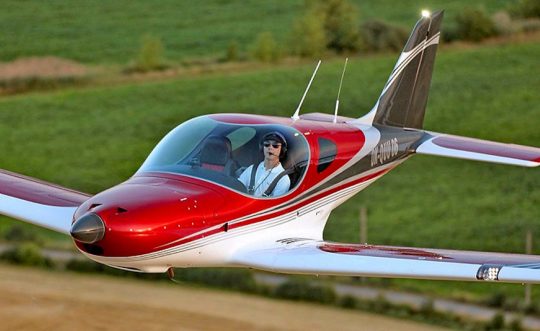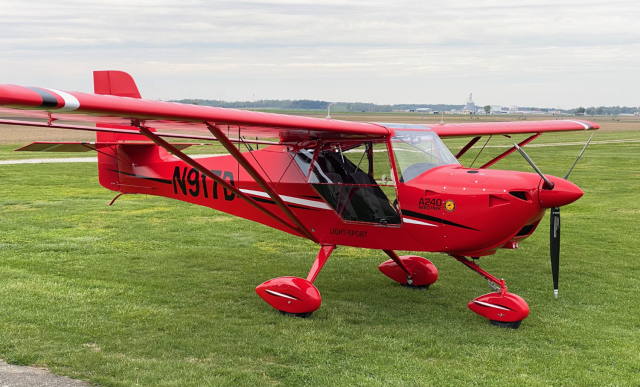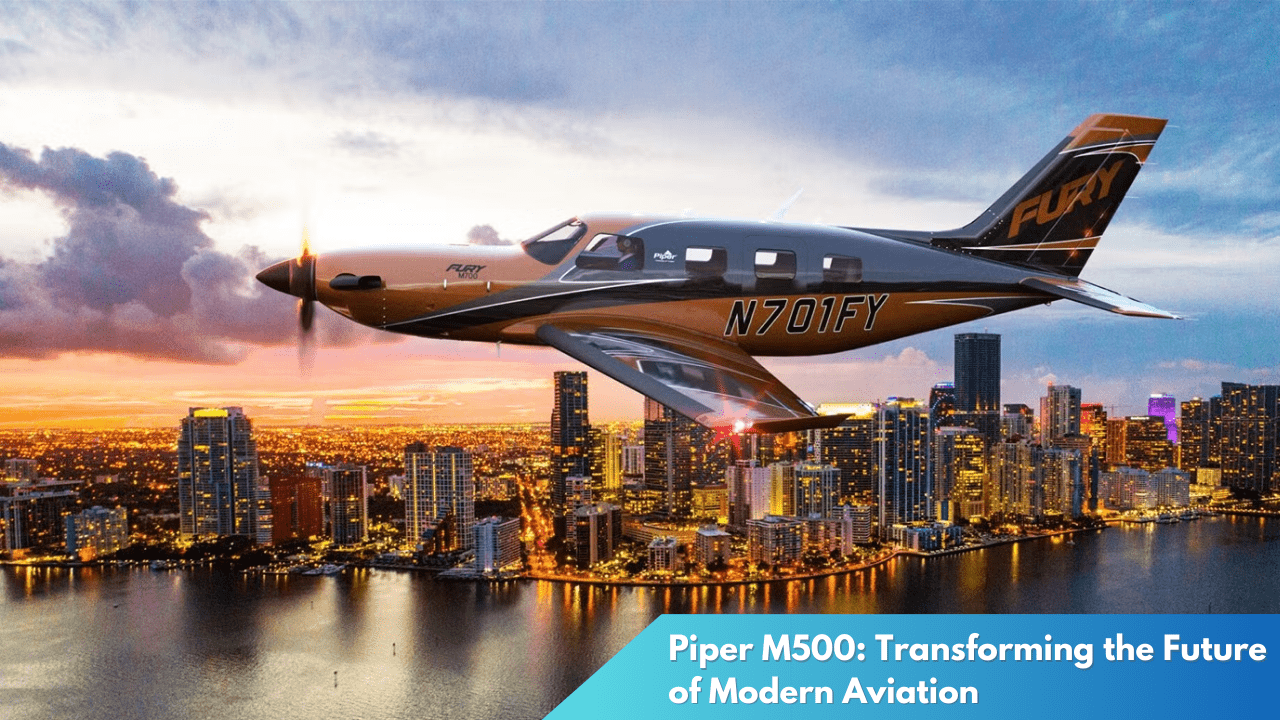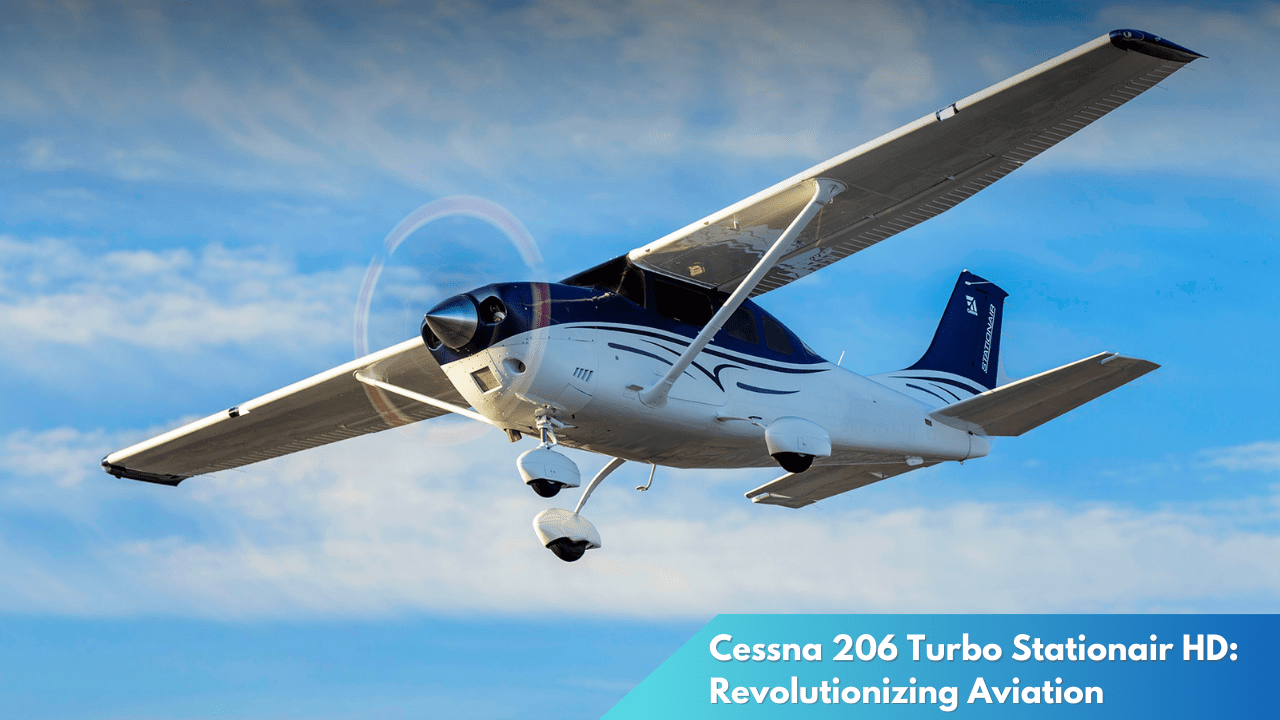Exploring Light-Sport Aircraft in Modern Aviation
Over the past two decades, the aviation industry has witnessed a significant transformation with the introduction and rise of light-sport aircraft (LSAs). These uniquely designed, lightweight aircraft have carved out a niche in modern aviation, appealing to a new generation of pilots and aviation enthusiasts. With advancements in technology and a growing interest in recreational flying, LSAs offer a unique blend of affordability, accessibility, and innovation that traditional aircraft often lack.
The Rise of Light-Sport Aircraft in Aviation
The concept of light-sport aircraft emerged from a need to make aviation more accessible to the general public. Officially recognized by the Federal Aviation Administration (FAA) in 2004, LSAs are defined by their simplified design and reduced operational constraints, which enable easier access to flying for amateur pilots. The introduction of the sport pilot license alongside this category has further lowered the barriers to entry, making it feasible for more people to pursue their dreams of flight without the extensive commitments typically required by traditional aviation pathways.
LSAs are characterized by their lightweight structures, typically weighing less than 1,320 pounds, and their capacity to accommodate no more than two people. This minimalistic approach not only makes them easier to handle but also significantly reduces the costs associated with their operation and maintenance. As a result, these aircraft have become particularly popular among hobbyists and sport pilots who seek an affordable means to enjoy recreational flying without the financial burden imposed by larger aircraft.
Furthermore, LSAs have sparked considerable interest in international markets, with Europe and Australia adopting similar categories and regulations. The flexibility and lower regulatory barriers for these aircraft have encouraged aerospace companies worldwide to innovate and develop a variety of models catering to different preferences and needs. This global embrace of LSAs marks a significant shift in aviation, highlighting their importance in democratizing flight and expanding the market for personal aviation.
Modern Aviation Embraces Light-Sport Innovation
With the advent of LSAs, modern aviation is witnessing a wave of innovation that has impacted not only aircraft design but also pilot training and airfield usage. Technological advancements have played a critical role in enhancing the capabilities of LSAs, with manufacturers integrating cutting-edge materials, avionics, and propulsion systems that enhance performance and safety. These innovations have challenged traditional notions of aircraft design, encouraging the industry to think beyond conventional boundaries.
Beyond technological advances, the influence of LSAs can be seen in the way aviation communities and infrastructure have adapted to accommodate these aircraft. For instance, smaller airfields now cater specifically to the needs of sport pilots, offering tailored services and facilities. Additionally, the growing popularity of LSAs has prompted changes in pilot training programs, with a focus on creating specialized curricula that address the unique flight characteristics and handling techniques associated with these aircraft. This adaptation underscores the industry’s recognition of LSAs as a permanent and influential segment of modern aviation.
Moreover, the environmental impact of aviation has become an increasingly pressing concern, and LSAs offer a more sustainable alternative to traditional aircraft. Their efficient fuel consumption and lower emissions align with the industry’s goal of reducing its carbon footprint. As environmental sustainability continues to drive innovation in aviation, LSAs are positioned to play a crucial role in the transition to greener technologies, paving the way for more eco-friendly practices and innovations in the broader aviation sector.
As the aviation industry continues to evolve, light-sport aircraft represent a significant shift towards more inclusive, innovative, and sustainable flying. These aircraft have not only opened doors for a new class of aviation enthusiasts but have also encouraged the industry to rethink its approach to aircraft design, pilot training, and environmental responsibility. With their continued growth and development, LSAs are set to remain a vital part of modern aviation, embodying the spirit of exploration and innovation that drives the industry forward.



